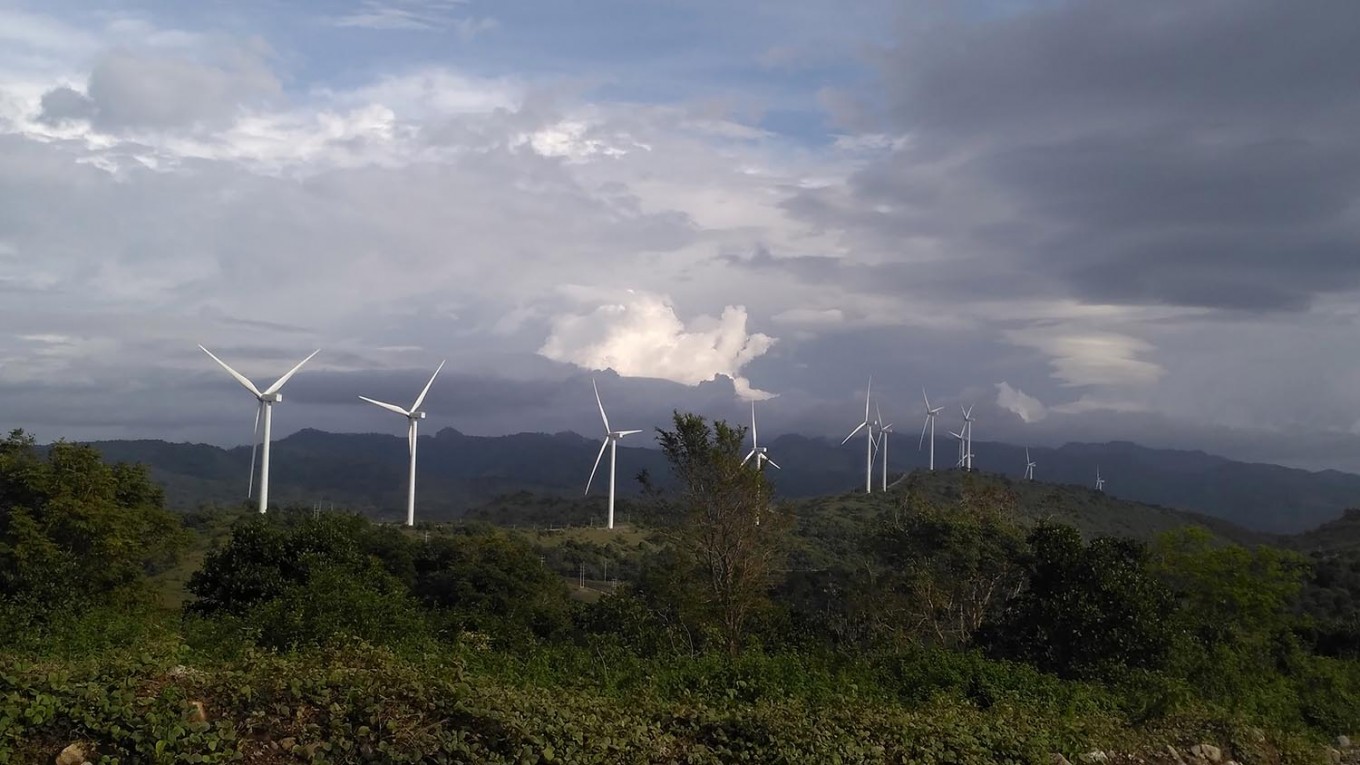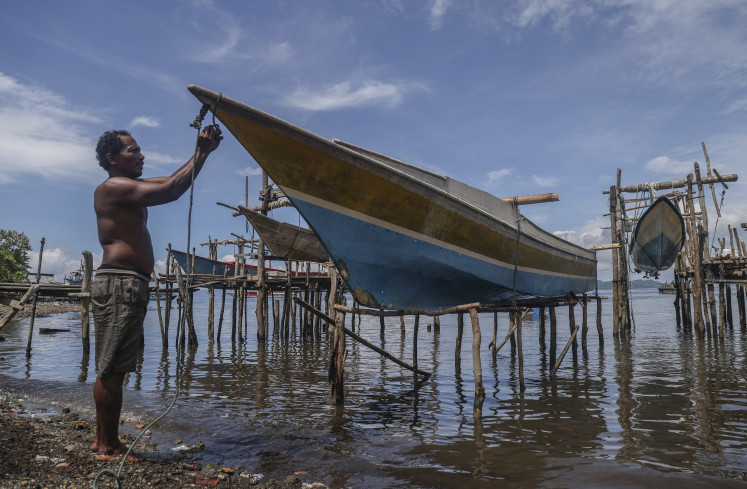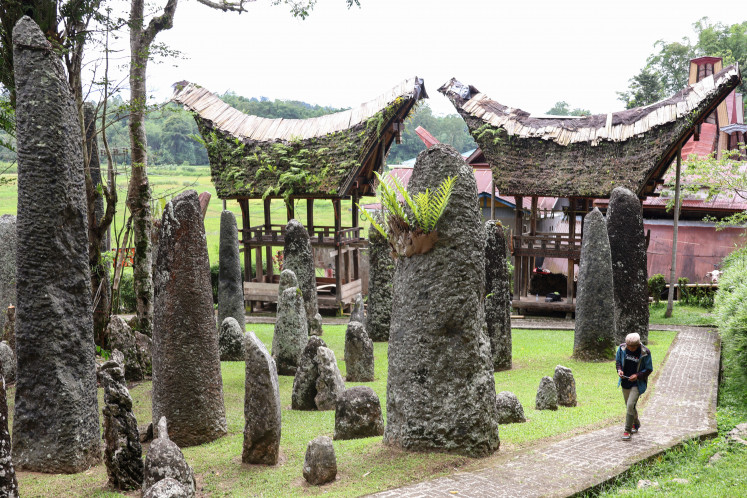Popular Reads
Top Results
Can't find what you're looking for?
View all search resultsPopular Reads
Top Results
Can't find what you're looking for?
View all search resultsA low-carbon archipelago
Poor and unsustainable business practices that lead to deforestation and forest fires are known to contribute to the rise in emission levels.
Change text size
Gift Premium Articles
to Anyone
T
he government is planning to embrace environmentally friendly developments in Indonesia. It is currently drafting the midterm development plan (RPJMN) for the 2020 to 2024 period, which will incorporate low carbon development.
The low-carbon development vision is projected to realize Indonesia’s nationally determined contributions (NDC) goals, as a consequence of its commitment to reduce emissions as per the Paris Agreement. In 2016, Indonesia pledged to reduce its emissions by 29 percent, or 41 percent with international support, against the business-as-usual scenario by 2030.
After the snail-paced signature program of generating 35,000 megawatts (MW) of electricity, most of which will be coal-fired, the low-carbon plan is a sign of progress by President Joko “Jokowi” Widodo’s administration to cut emissions.
Questions, however, remain over the plan’s feasibility. Among those is: How will the government extend the use of renewable energy, which, despite the prospect of lowering greenhouse gas emissions, requires large start-up investments?
Solar panels, for example, are still very expensive for households and businesses to install, with only a few hundred registered installations across the country, mostly in Greater Jakarta. Those installed in remote areas are the ones that are usually financed through international aid.
A household typically requires solar panels with a capacity of 1,000 to 2,000 watt peak, which costs between Rp 15 million (US$1,026) and Rp 30 million, an amount that only middle-upper households can afford.
Geothermal energy, which Indonesia has in abundance, is another difficult option, due to large initial investments and greater risks required to transform it into electricity.
Despite the hurdles, the government has braved the risks, but it will be hard without foreign investment.
Indonesia recently welcomed its first wind farm in Sindereng Rappang regency, South Sulawesi, which is the largest of its kind in Southeast Asia. Sidrap Wind Farm will produce 75 MW of electricity and can power up to 70,000 households. It is part of the 35,000 MW electricity program.
This renewable power project was made possible due to cooperation between UPC Renewables and a local firm, with a total investment of $150 million.
Another pressing issue is how to reduce emissions caused by the agriculture and forestry sector. The World Resources Institute recorded that this sector was the largest contributor to carbon emissions, with provinces that host large plantations, such as North Sumatra and Riau, topping the list.
Poor and unsustainable business practices that lead to deforestation and forest fires are known to contribute to the rise in emission levels. The key to success is not limited to the goodwill and vision of the low-carbon development plan. It requires the full support of the public, local governments and international community, all of whom can benefit from the country’s sustainable economy.










